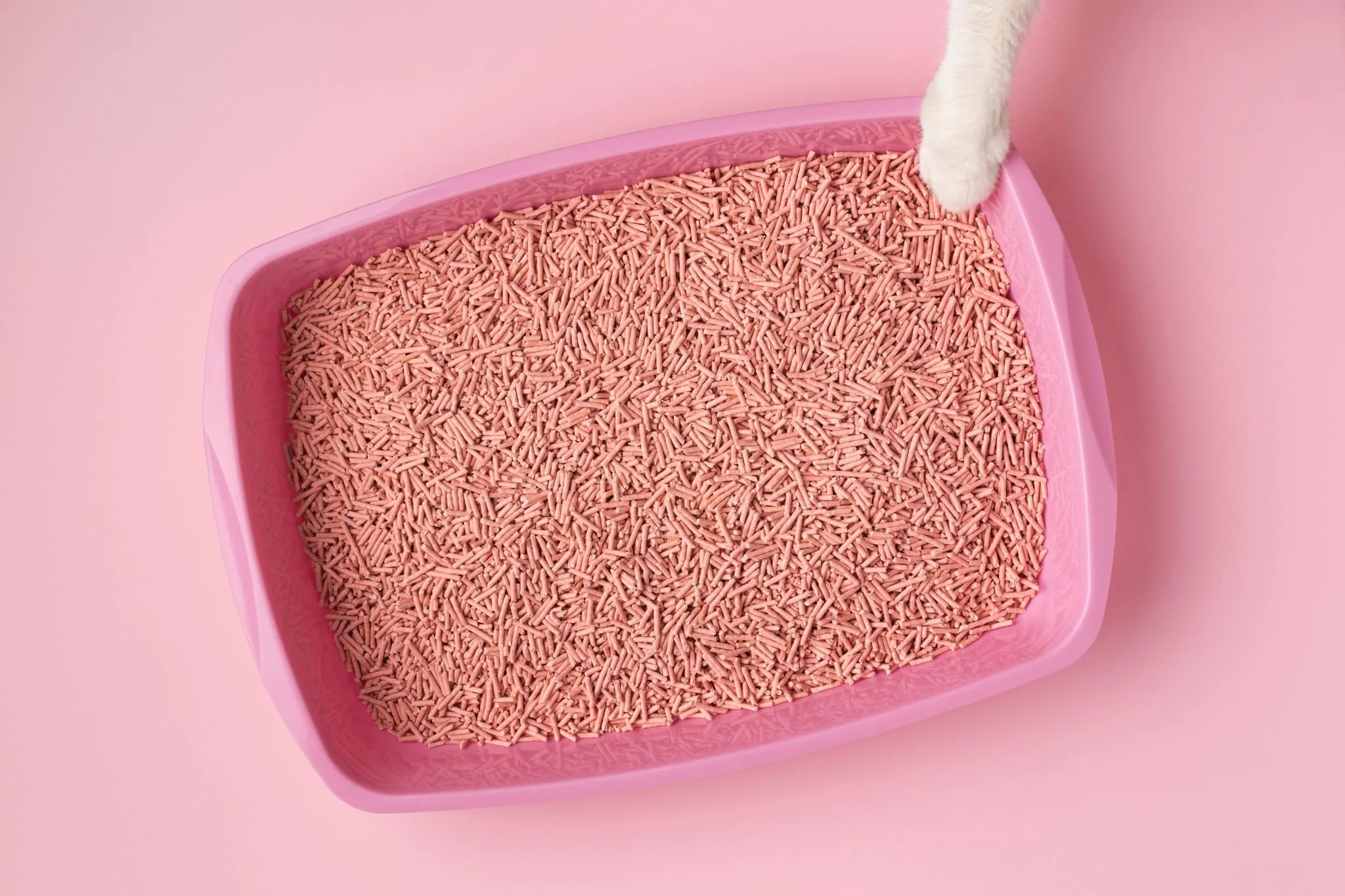Urinating Out the Box
Image courtesy of Freepik
Inappropriate urination is one of the most perplexing and frustrating issues cat owners face. The reasons behind it are numerous, and figuring out your cat’s particular trigger is key to stopping the problem.
First, if your cat is urinating blood, crying, or straining, then an emergency vet visit is warranted. Your cat may have a blockage or UTI, and both conditions need immediate veterinary attention. If your cat is urinating normally but has other behavioral changes, then it’s wise to make a veterinary appointment. Hyperthyroidism, kidney disease, and arthritis, among other medical issues, can cause inappropriate urination.
Once medical causes are ruled out, the first step towards eliminating inappropriate urination is properly cleaning the urine. When cleaning the urine, keep in mind that your cat’s sense of smell is more than a dozen times stronger than yours, so plain soap and water won’t cut it! No matter how well you address the triggers behind the inappropriate urination, if you don’t properly clean lingering urine residue, then your cat will continue to use these spots. To him or her, an olfactory welcome mat has been laid out!
To clean urine, wipe up and blot as much liquid as possible, then completely saturate the area with an enzyme cleaner like Nature’s Miracle Cat Urine Remover. Allow the enzyme cleaner to sit for some time before blotting the remainder. You may need to repeat the process. If you have a hard time finding all of the urine, a black light in a dark room can help you find it.
Next, investigate why your cat is urinating outside of their box. An important caveat: never, ever rub your cat’s nose in the urine or punish them for inappropriate urination. Cats have a different vocabulary than humans, and they use urination and other forms of marking, such as allorubbing, to express themselves. When your cat urinates outside of their box, they are telling you something and it’s up to you to figure out what they’re saying. Getting to the root of your cat’s trigger takes a little detective work, and it’s important to not anthropomorphize your cat during your investigation. A cat will never pee out of spite or because they are jealous.
Common behavioral triggers include but are not limited to: feral or stray cats outside, the use of scented litter or air fresheners near litter boxes, stress in the home (including new human or animal inhabitants), dirty or cramped litter boxes, and being disrupted by human or animal inhabitants during toileting.
Your cat’s ideal litter box is spacious and open topped, with clean fragrance-free litter, in an easily accessible space with some privacy. If you have multiple cats, you should have one box per cat, plus one extra.
Here are some real-world examples of inappropriate urination, from simple to complex, and the actions taken to modify the behavior.
Example A: A large cat overshoots the back of the litter box every time he urinates.
The Solution: Exchanging a standard cat litter box for a lidless 30-gallon plastic storage bin with a large opening cut into the front of it. The large cat completely fits in the box, and the bin’s three tall walls keep urine contained.
Example B: A cat is accustomed to unscented litter. The cat’s person accidentally purchases the scented version of the same litter. The cat tolerates the scented litter for two days before urinating on the floor next to the box.
The Solution: Dumping the scented litter, cleaning the box with unscented soap and water, and adding the familiar unscented litter.
Example C: An arthritic geriatric cat begins urinating on the floor in front of the litter box.
The Solution: Cutting a very low opening into the front of the box, and lining the floor in front of the box with puppy training pads, and talking to the cat’s vet about better arthritis management.
Example D: An elderly cat is under veterinary care for hyperthyroidism and kidney disease, but the cat continues to urinate in one area just outside the litter boxes.
The Solution: After trying several different things, the cat’s person sets up an additional box on the very spot the elderly cat urines on. This box was first filled with litter, but the cat urinated beside the box, not in it. The cat’s person empties the box and places a clean puppy training pad in the box. The cat uses this box, so the training pad is replaced. This box remains, with the training pad replaced each time the cat urinates on it. The solution is imperfect, but it works.
written by Heidi Carpenter
Gosh modeling proper litter box usage in his space at PetSmart Downers Grove


